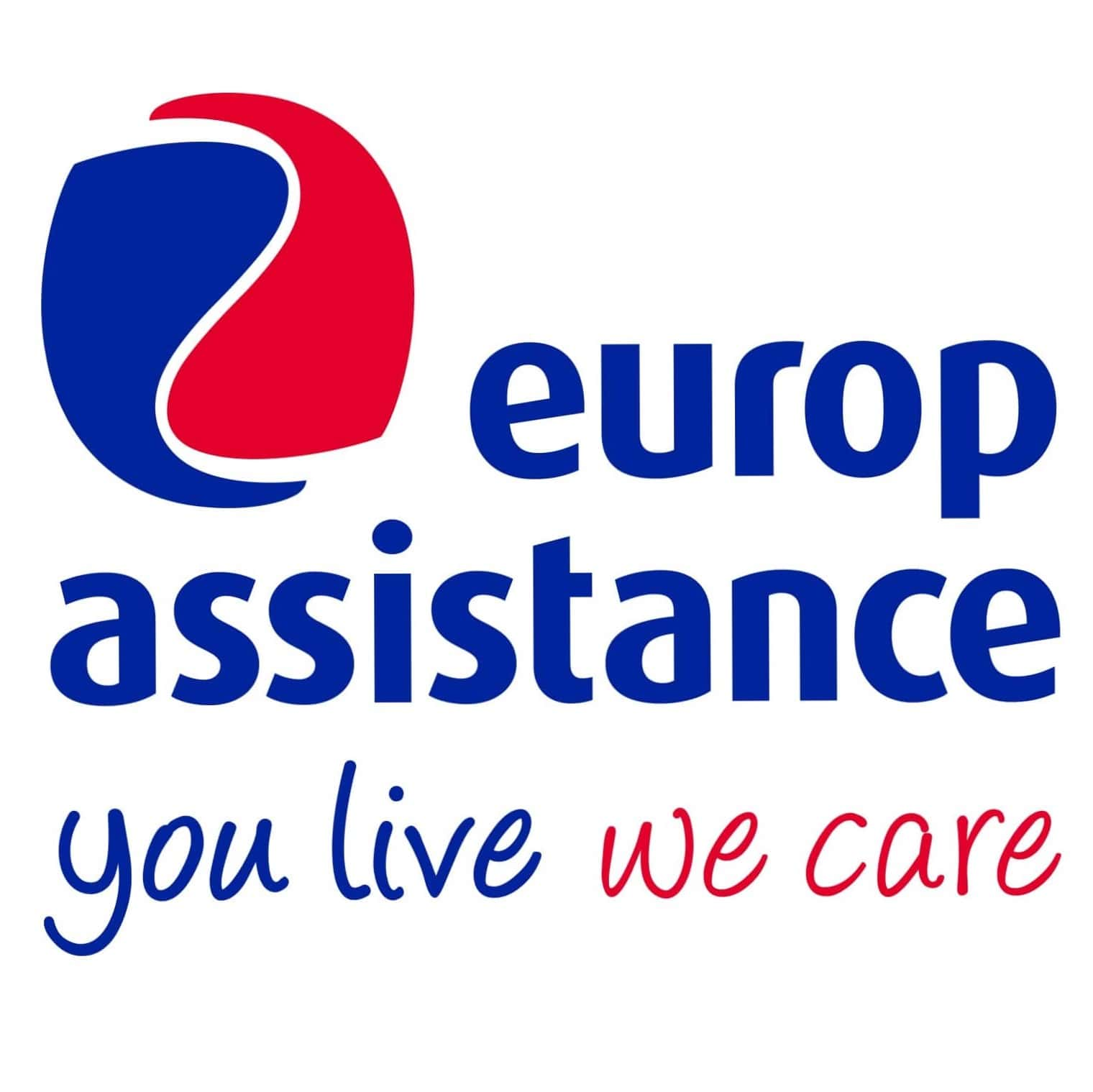What are the requirements for entering the Schengen Area?

The principle of the Schengen Agreement is the free movement of people between the 26 European countries that have signed the agreement, whether or not the travellers are citizens of one of the Schengen Area countries. Internal borders between these countries have been removed, and external borders have been strengthened through various measures such as a unique border control and visa policy for foreign visitors. In addition to visa regulations, a new set of measures, this time specific to each Member Country of the Schengen Area, has been applied since the Covid-19 pandemic. Here, learn about the different types of visas and health restrictions that determine entry into the Schengen Area.
Requirements for entering the Schengen Area - visas
According to the standard rules governing the right to visit the Schengen Area,a distinction is made between different types of Schengen visas depending on the reason for the trip, duration and the nationality of the visitor:
- the Schengen airport transit visa (type A) is compulsory for citizens of certain countries to transit through an airport in the Schengen Area on their way to a third country.
- the short-stay Schengen visa (type C), known as the uniform visa because it is valid in all Schengen States, is particularly popular with tourists visiting Europe. It allows the holder to visit one or more Schengen countries for up to 90 days (over a period of 180 days). The sticker on the visa reads: SCHENGEN STATES.
- the Schengen short-stay visa with limited territorial validity (LTV). This visa may be issued by Schengen Member Countries when the conditions for issuing a uniform Schengen visa are not met. It allows the holder to visit the Schengen country or countries mentioned on the visa for up to 90 days (over a period of 180 days).
- the Schengen long-stay visa (type D) also known as the national visa, is still governed by each country individually. Each of the 26 Schengen Member Countries therefore has different categories of long-stay Schengen visas (exceeding 90 days) and imposes its own conditions. Once granted, the Schengen long-stay visa allows the holder to travel freely in the rest of the Schengen Area for a period not exceeding 90 days in any 180-day period.
Who can move freely within the Schengen Area? Citizens of Schengen Member States, with no time limit. Visa-exempt foreign visitors, holders of a Schengen visa (type C) without geographical limitation and holders of a Schengen long-stay visa (type D) may travel freely within the Schengen Area for a period not exceeding 90 days in any 180-day period.
Short stay Schengen visa (type C) - conditions
Depending on the nationality of the traveller, a Schengen visa (type C) may be required for entering the Schengen Area for less than 90 days. See here which countries are subject to this requirement.
Do you need a visa? Go to the consular authorities or authorised visa center in your country of residence to apply for a Schengen visa. Which documents are required for entering France or any other country in the Schengen Area? Valid passport, signed form, travel itinerary, proof of accommodation, travel insurance, and more. A precise list will be provided to you after registration. To help you prepare for this step, see our article on Schengen visa documents.
Remember, the Schengen travel insurance included in your application must meet a number of criteria. Choose peace of mind for your application with Schengen travel insurance policies from Europ Assistance. Recognised and accepted by Schengen embassies and consulates around the world, our policies comply with European regulations by meeting all the conditions for obtaining a Schengen visa.
Bonus: your proof of insurance is available for download as soon as you take out the policy and you can confirm its validity online, all for as little as 3 euros.
Requirements for entering the Schengen Area - Covid
Is the Schengen Area open? Yes. How can I travel within the Schengen Area (Covid)? In addition to the standard rules governing the right to travel in the Schengen Area, each Member State may impose its own health restrictions. Requirements for entering the Schengen Area may therefore depend on the age, vaccination status and place of origin of the visitor, depending on the country. We advise you to stay informed on Schengen Area entry requirements until your time of departure on the consulate or embassy website of the countries that you will visit.
Example 1: to travel to Italy from France, for example, all adult travellers must currently complete a passenger locator form and have a valid health pass (proof of complete vaccination, certificate of recovery or negative PCR or antigen test).
Example 2: to travel to France from one of the European Union Member Countries (rated green), proof of complete vaccination under European regulations is sufficient. Otherwise, unvaccinated travellers must present a negative PCR or antigen test. Upon arrival in France, they will not be subject to random testing or mandatory quarantine.
Please note that some airlines may impose additional screening measures to allow travellers to board.
Tweet